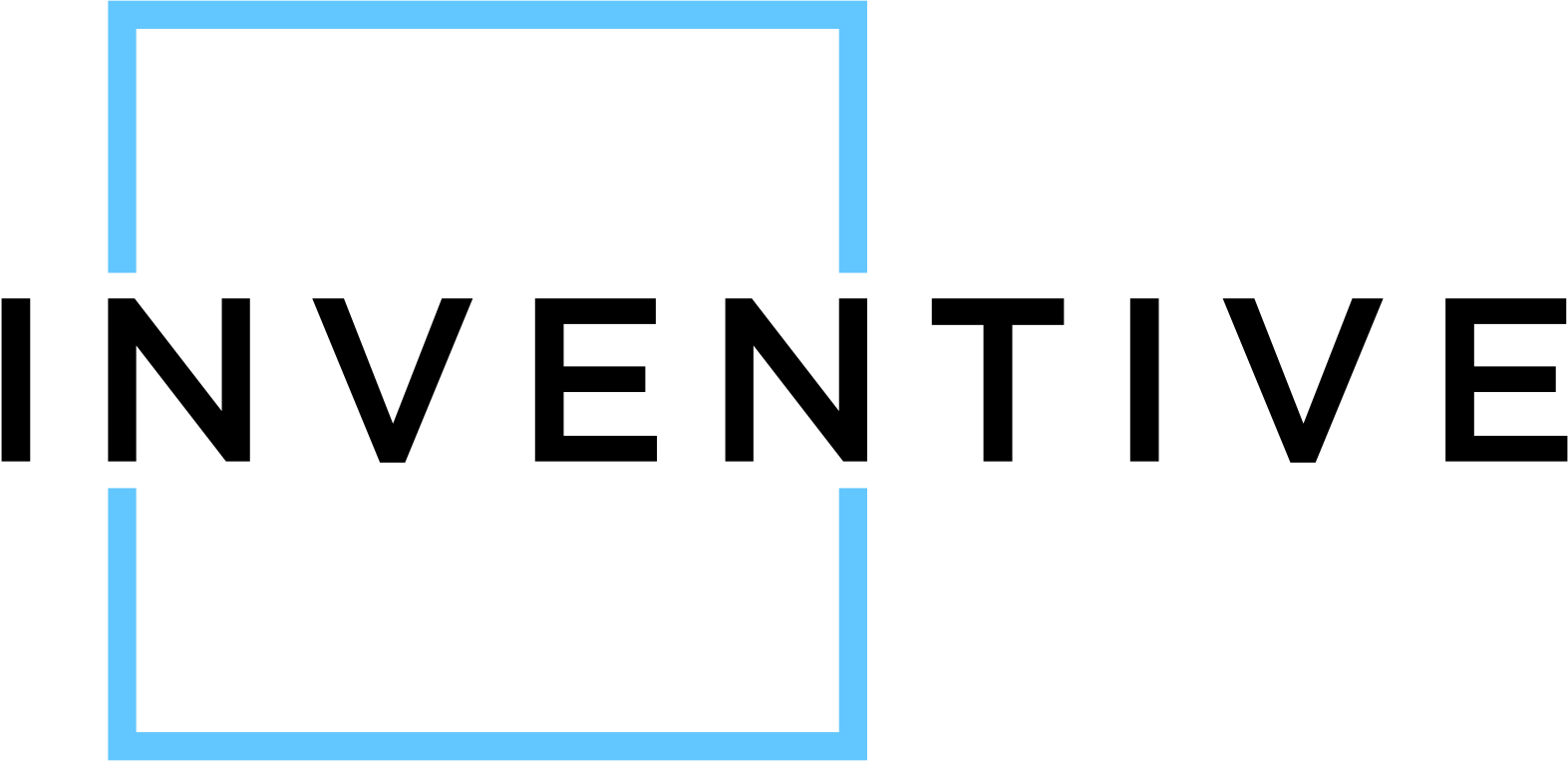Too Many Manual Clicks, Not Enough Time
From sending follow-ups to updating spreadsheets, AI can automate repetitive tasks inside the tools you're already using. Your team can skip the busywork and click “done” faster.


Too Many Manual Clicks, Not Enough Time
From sending follow-ups to updating spreadsheets, AI can automate repetitive tasks inside the tools you're already using. Your team can skip the busywork and click “done” faster.
Automate the Boring
You’re still clicking buttons? AI does it in seconds—and doesn’t complain.
Cut the Click Chaos
Manual tasks are eating your time. Automate them before they eat your margin.
BUSINESS PROBLEM

Companies across diverse sectors face the productivity drain of excessive manual clicking, creating significant operational bottlenecks. At LawnStarter, a lawn care marketplace company, customer support representatives spent an average of 22 clicks and 3.5 minutes to process each refund request, handling over 500 monthly—translating to nearly 30 hours of repetitive clicking with no strategic value. The manual process not only consumed time but increased error rates by 14%, directly impacting customer satisfaction and contributing to employee burnout as staff reported feeling like "human robots" rather than problem-solvers.
Similarly, Everlaw, a legal technology company, discovered their document review specialists performed 50+ clicks per matter setup, with each litigation case requiring dozens of configurations. Internal analysis showed these specialists wasted over 15 hours weekly on repetitive clicking tasks, contributing to a measurable 23% increase in employee turnover within teams handling the most manual processes. The company's inability to scale efficiently created costly bottlenecks as higher-value work waited while specialists performed clicks that could easily be automated, directly limiting case capacity and revenue growth potential.
In manufacturing, Protolabs identified that their design technicians spent approximately 40% of their day navigating between multiple systems with repetitive clicking sequences—totaling an estimated 4,000+ unnecessary clicks weekly per employee. This excessive clicking extended their design-to-manufacturing time by 36%, directly impacting their competitive promise of rapid turnaround. The repetitive nature of these tasks led to declining quality scores as technicians experienced focus fatigue, with error rates increasing by 18% during the final hours of shifts, resulting in costly rework cycles.
The problem extends to healthcare administration, where athenahealth found medical staff performing 50-70 clicks per patient encounter for routine documentation and billing procedures. This translated to roughly two hours daily—25% of their workday—spent on non-treatment related clicking, contributing significantly to the 43% of physicians reporting symptoms of burnout. The excessive clicking not only limited patient capacity but created persistent backlogs in billing administration, directly impacting cash flow and creating a $1.2M monthly revenue recognition delay across their provider network.
The financial impact of these excessive clicks goes beyond the obvious labor inefficiency. Companies report secondary costs including diminished employee satisfaction (with 78% of affected workers citing "meaningless clicking" as a significant job dissatisfaction factor), increased error rates averaging 12-22% on click-intensive tasks, institutional knowledge loss through increased turnover, and limited scaling capacity as core operations remain tethered to human clicking speed rather than business demand. These combined factors typically result in a 15-20% operational efficiency gap that directly constrains growth potential while simultaneously increasing operational risk.
SOLUTIONS

Problem 1:
Customer support representatives at LawnStarter spending 3.5 minutes and 22 clicks to process each refund request, resulting in 30 hours of repetitive clicking monthly with increased error rates of 14%.
Solution 1:
An n8n workflow that automates the refund process by connecting customer support systems with payment platforms. When a refund request is received, the workflow validates the order details, processes the refund through the payment gateway, updates the customer database, and sends a confirmation email to the customer - all without manual intervention. This solution reduces the process from 22 clicks to a single approval action, cutting processing time by over 80% and virtually eliminating human error in the calculation and execution of refunds.
Reference: https://n8n.io/workflows/982-automatically-process-refunds/
Problem 2:
Document review specialists at Everlaw performing 50+ clicks per matter setup with each litigation case requiring dozens of configurations, wasting over 15 hours weekly on repetitive clicking tasks.
Solution 2:
A Make.com scenario that streamlines the document review setup process by creating standardized templates for different case types. When a new case is initiated, the workflow automatically sets up the required document structure, applies appropriate access permissions, and configures review parameters based on case type. The solution uses conditional logic to adapt configurations to specific legal requirements, reducing setup clicks from 50+ to just a few essential inputs and cutting setup time by 85%.
Reference: https://www.make.com/en/templates/3354-create-template-document-from-custom-form-submission
Problem 3:
Design technicians at Protolabs spending 40% of their day on repetitive clicking sequences between multiple systems, totaling 4,000+ unnecessary clicks weekly per employee and extending design-to-manufacturing time by 36%.
Solution 3:
An n8n workflow that creates a unified interface to bridge disparate design and manufacturing systems. The automation monitors for new design submissions, extracts critical parameters, and pushes the data to all required manufacturing systems simultaneously. It also tracks job status across systems and creates a centralized dashboard, eliminating the need for technicians to navigate between multiple interfaces. This reduces clicks by over 75% and cuts the design-to-manufacturing handoff time from hours to minutes.
Reference: https://n8n.io/workflows/1131-sync-data-between-applications/
Problem 4:
Medical staff at athenahealth performing 50-70 clicks per patient encounter for routine documentation and billing procedures, spending roughly two hours daily (25% of workday) on non-treatment related clicking.
Solution 4:
A Make.com scenario that automates patient encounter documentation and billing workflows. The solution uses medical record data to pre-populate documentation templates, automatically codes common procedures based on treatment notes, and routes billing information to the appropriate systems. It includes validation checks to ensure compliance while reducing the click burden on medical staff by over 60%, allowing them to focus more time on patient care rather than administrative tasks.
Reference: https://www.make.com/en/templates/3146-automate-appointment-and-patient-management
Problem 5:
Companies reporting diminished employee satisfaction with 78% of affected workers citing "meaningless clicking" as a significant job dissatisfaction factor, contributing to increased turnover, particularly in teams handling the most manual processes.
Solution 5:
An n8n workflow that identifies and automates repetitive click sequences across various business applications. The solution monitors user behavior to identify recurring patterns, then suggests and implements automation for common sequences. It includes a self-service portal where employees can request automation for specific tasks they find tedious. By systematically eliminating repetitive clicking across departments, companies can reduce burnout factors and improve employee satisfaction while reclaiming productive hours.
Reference: https://n8n.io/workflows/1067-monitor-and-auto-respond-to-events/
Automate the Boring
You’re still clicking buttons? AI does it in seconds—and doesn’t complain.
LIFE AFTER

Imagine LawnStarter, our neighborhood-friendly lawn care marketplace, adopting an n8n workflow to save their support representatives from drowning in a sea of clicks. Now, instead of 22 clicks and 3.5 minutes per refund, refunds are processed in less time than it takes your coffee to brew. The support team can focus back on what matters—wowing customers with everything else LawnStarter offers—without the looming threat of carpal tunnel syndrome. Meanwhile, error rates plummet to almost non-existent, delighting both customers and investors. You might even see a new office dog popping up because everyone's so much happier around the place! You know what they say, when robots do the clicking, humans do the innovating.
Fast forward to Everlaw, where document review specialists are liberated from the tyranny of 50+ clicks with a clever Make.com scenario. Picture specialists now setting up their litigation matters with the snap of a few fingers (and in record time, no less!). With their mouse-clicking days behind them, eager to tackle more complex legal challenges, turnover rates drop faster than a gavel in a courtroom. Imagine the company’s logo transformed into a superhero cape, with specialists swooping in to save the day by tackling high-impact cases that were previously sidelined. Less clicking, more litigating; that's the Everlaw way.
Meanwhile, in the meticulous world of Protolabs' design technicians, an n8n workflow ensures those repetitive clicks bid adieu. The Smart Factory now slips smoothly from design to manufacturing like a Hot Wheels car down a track. The technicians toss their manual processes out faster than last season’s fashion, armed with a unified interface that frees them to focus on creating cutting-edge designs. It’s as if Gandalf himself has decreed, “You shall not click!” freeing up valuable time, reducing fatigue, and ensuring product quality is supercharged for the long haul.
And don't get us started on the healthcare heroes over at athenahealth. Thanks to some make.com magic, routine documentation and billing processes are now as breezy as a Sunday morning. With two extra hours each day, medical professionals can focus on patient care, not becoming click-bots. Who wouldn't want to trade menial tasks for more time to connect with patients? Thanks to automation, cash flows as smoothly as a top-charting melody, ensuring both patient health and financial health are on track. Happy staff means happier patients, and in this case, automation truly is the best medicine.
Think this is all pie in the sky? Don’t let these stories make you green with envy. Book a rendezvous with us and discover how inventiveness can transform your world from mundane to magical. After all, why be a manual in a digital world?
Cut the Click Chaos
Manual tasks are eating your time. Automate them before they eat your margin.
Customer Testimonials
Our AI, Agent, and workflow automation has saved customers countless hours.
Equipped with stellar development proficiency, Inventive devised a reliable system that mirrored their client's technical requirements. The team's dedication, top-notch communication, and transparent project management skills guaranteed a progressive and agreeable engagement.


Inventives' efforts have enhanced the design and experience of the site, which have received positive feedback from visitors. They provide a comprehensive set of services that has proven to be economical and reliable. They are collaborative and proactive in delivering high-quality work on time.


Exhibiting ample control of their technical expertise, Inventive Works rewarded the client with a sustainable web app, which their engineering team found manageable and seamless. Proactive and adaptable, the team generated precise solutions and productive ideas while remaining receptive to feedback



